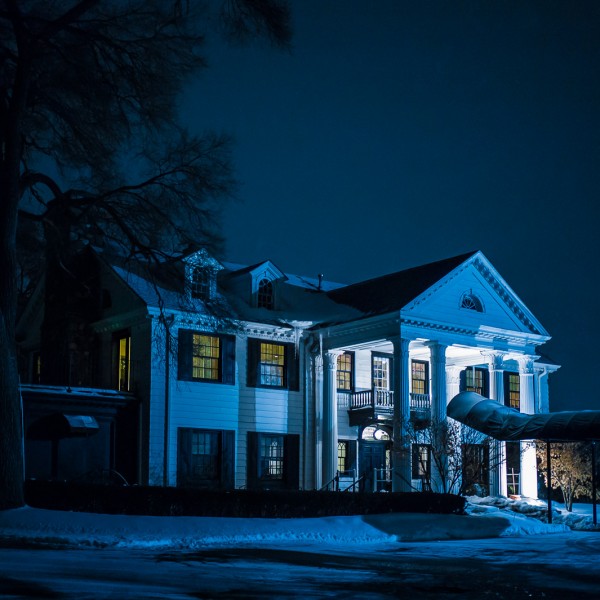Of course, we all read photography text books, and I haven’t seen a photography textbook, which would not insist on using a tripod for night photography. There are several good reasons for that, and they all come down to handhold a camera below 1/30 of a second. Even with modern cameras that perform well at ISO800 and above, most lenses cannot be used at their full aperture at night. Abundance of point light sources and high contrast meet aberrations inevitably present in wide open fast lenses, and together they present us with a variety of not-so-pleasant surprises.. Carl Zeiss Distagon 1.4/35 is a notable exception. It is so well corrected that opening it up results in no visible change in image quality.
I shot this picture with Leica M9, handheld at 1/30 sec, f/1.4, ISO1600. EXIF will tell you that it was 50mm Noctilux, which is my bad: I forgot to manually set the lens in the camera menu, and Zeiss ZM lenses are not 6-bit coded (which I wish they were!).
The photo was not digitally manipulated. White Balance was manually set to 2050K to give the picture more sinister look. It worked because light in windows is yellow, and bright white pillars serve as a reference point for an eye. Otherwise the image would look intentionally tinted. At 2000K window light would have greenish cast, which would look unnatural.
At 1/30 sec the image came out sharp enough to easily withstand a 12×18″ glossy print.

